The Silk Road is the oldest and most historically important land trade route in the world. The name evokes images of caravans crossing the desert, and smelling of exotic spices. All of which continue to fascinate travelers.
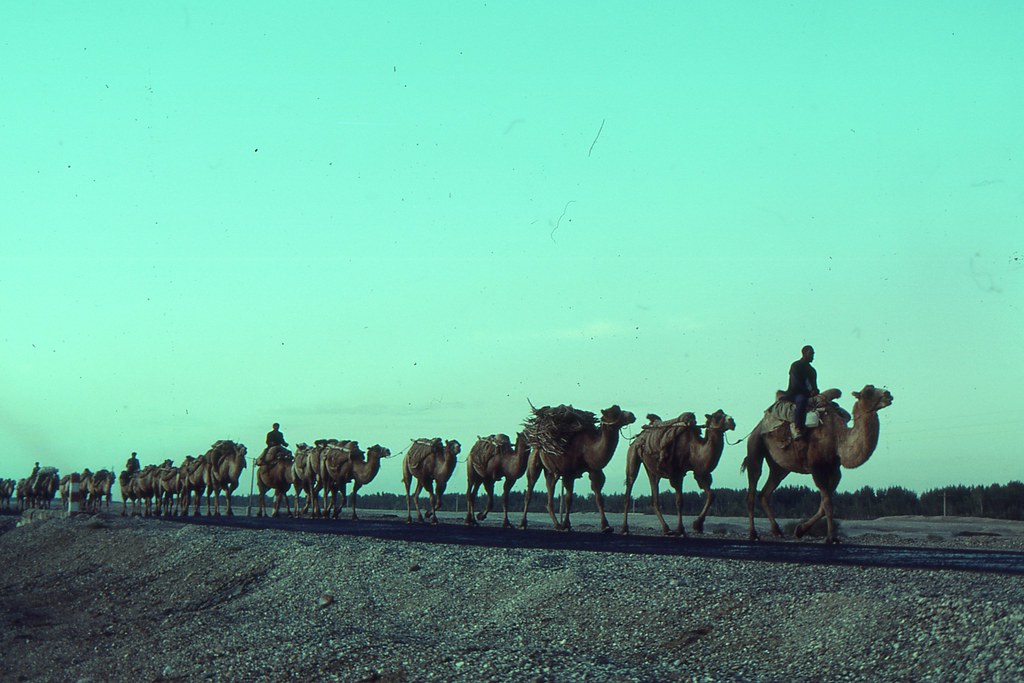
Image source: https://search.creativecommons.org/photos/2432efbd-1fd1-4d02-9e1c-1269f2ae0844 by fdecomite
When was the silk road discovered?
The Silk Road was a network of trade routes, connecting the region of the Ancient world in trade, formally established during the Han Dynasty of China. The term ‘Silk Routes’ was preferred by historians, although ‘Silk Road’ is the most common and recognized name. Both terms were coined in 1877 CE, by Ferdinand von Richthofen, a German geographer, and traveler, who designated them ‘Seidenstrasse’ (silk road) or ‘Seidenstrassen’ (silk routes). The network was used when the Han officially opened trade with the west, in 130 BCE, until the Ottoman Empire boycotted trade with the west and closed the routes, in 1453 CE.
Image source: https://en.wikipedia.org/wiki/Silk_Road#/media/File:SeidenstrasseGMT.JPG
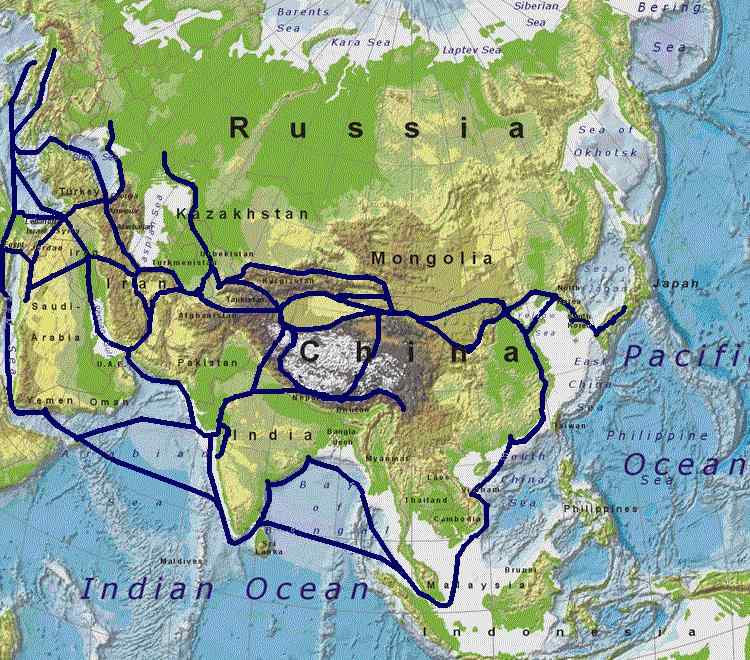
Image source: https://search.creativecommons.org/photos/0844b962-772c-4b8c-857a-38b5ece33cbe by Roylee
What were the routes of the Silk Road?
The ancient trade route carried goods and ideas between the two great civilizations of Rome and China. The 4,000-mile (6,400-km) road, originally from Xi’an (Sian), followed the Great Wall of China to the northwest, bypassed the Takla Makan Desert, climbed the Pamirs (mountains), crossed Afghanistan, and went on to the Levant; from there the goods were shipped across the Mediterranean Sea. The Silk Road became increasingly dangerous and unexplored following the gradual loss of Roman territory in Asia and the rise of Arab power in the Levant. In the 13th and 14th centuries, the route was resumed under the Mongols, and the Venetian Marco Polo used the road to reach Cathay (China).
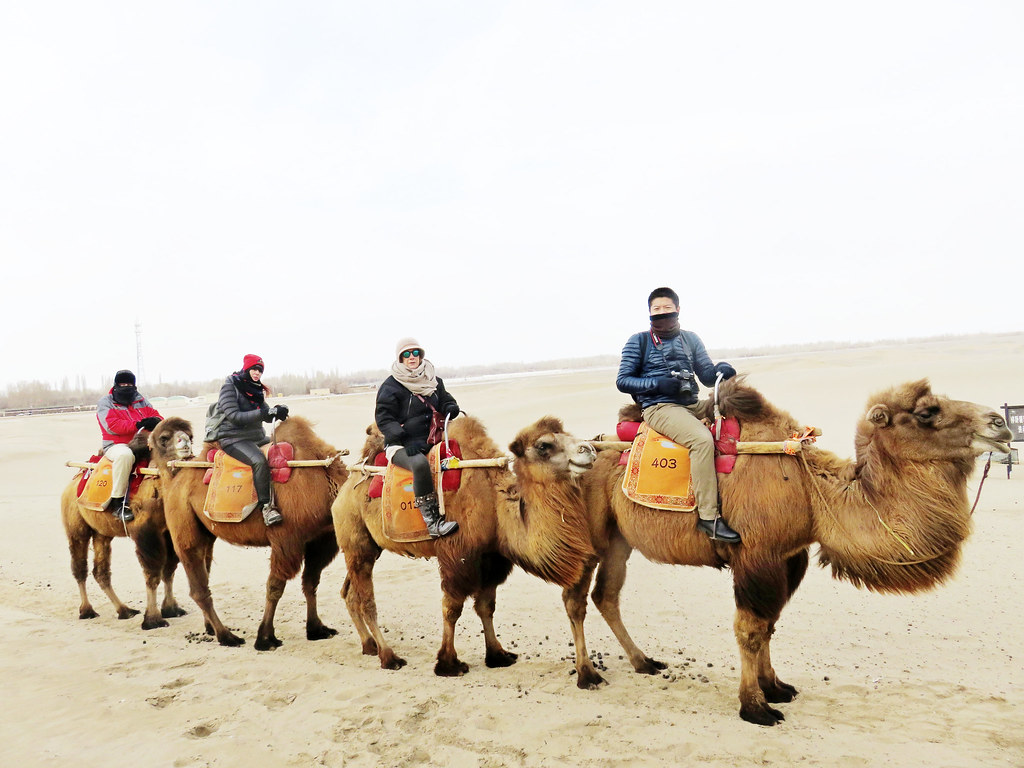
Image source: https://search.creativecommons.org/photos/3ea261c2-93e8-4000-9400-6bc9d153981e by effi K

Image source: https://search.creativecommons.org/photos/6f89d0f2-7f00-4d37-936b-364f83e6c091 by Xuan Che
In Asia, the road passed from Samarkand to the Fergana region, where a stone tower marked the symbolic watershed between East and West. From Fergana, the road crossed the valley between the Tien Shan and Kunlun Mountains through Kashgar, where it divided and skirted both sides of the Takla Makan Desert to rejoin Yuanquan. The road then snaked east to Jiayuguan (Suzhou), where it passed through the Jade Gate, or Yumen, of the Great Wall of China. Then it headed southeast on the Imperial Highway to Xi’an and east to Shanghai on the Pacific Ocean. From Kashgar, the trade routes to the south passed through the mountains to the great commercial center of Bactria and into northern Kashmir.
The road currently exists in the form of a paved highway connecting Pakistan and the Uygur Autonomous Region of Xinjiang, China.

Image source: https://www.packtoiran.com/blogs/detail/57/Iran-on-the-Silk-Road
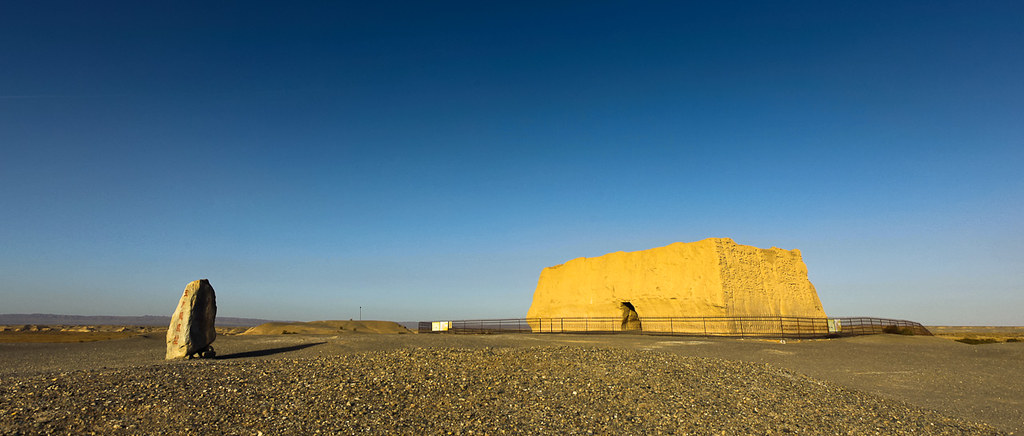
Image source: https://search.creativecommons.org/photos/b550b295-f624-4920-8fdd-05bf54467fa9 by jiazi
Travelling along Silk Road
The process of traveling the Silk Roads developed along with the roads themselves. In the Middle Ages, caravans consisting of horses or camels were the standard means of transporting goods across the land. The caravanserais were large pensions or inns to accommodate traveling merchants and facilitated the passage of people and goods along these routes. Found along the Silk Roads from Turkey to China, in addition to providing merchants to eat, rest, and prepare for their outward journey, it also allowed them to trade goods, trade with local markets and purchase local produce, and meet other traveling and allowing an exchange of cultures, languages, and ideas.
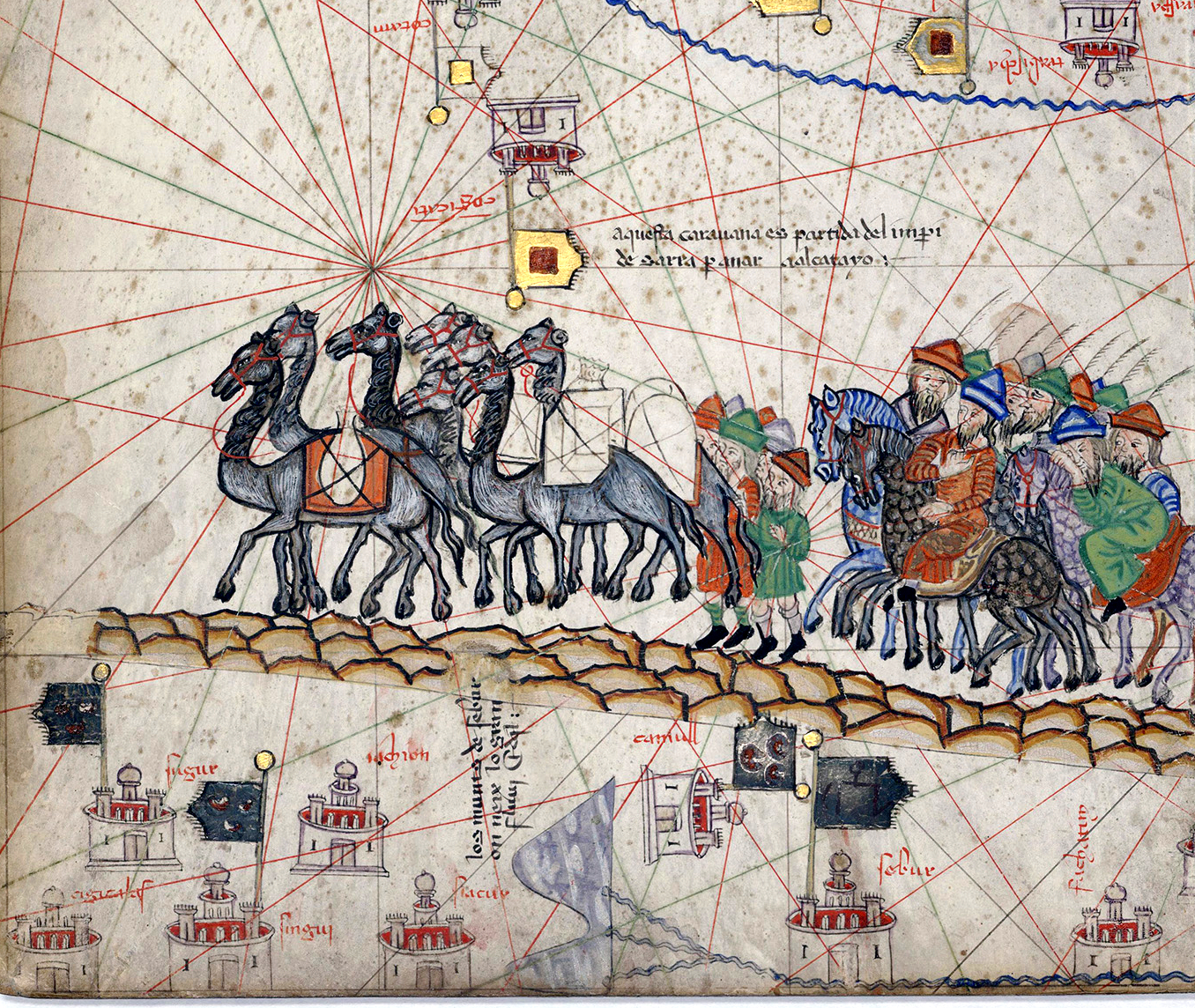
Image source: https://en.wikipedia.org/wiki/Silk_Road#/media/File:Caravane_sur_la_Route_de_la_soie_-_Atlas_catalan.jpg
With the development of trade routes, caravanserais became a necessity, and their construction intensified across Central Asia from the 10th century through the 19th century. This led to a network of caravanserais from China to the Indian subcontinent, Iran, the Caucasus, Turkey, and as far as North Africa, Russia, and Eastern Europe, some of which still exist today.


Image source: https://search.creativecommons.org/photos/dc7af3ee-efe9-4882-9211-bc1c0d6a54d7 by Ninara
The caravanserais were positioned within a day’s travel from each other, to avoid the merchants and their precious cargoes from spending days or nights exposed to the dangers of the road. On average, there was a caravanserai every 30-40 kilometers in well-maintained areas.
Maritime traders faced several challenges on their long voyages. The development of sailing technology, and the knowledge of shipbuilding, increased the safety of sea travel throughout the Middle Ages. Ports grew on coasts along these sea trade routes, offering merchants the opportunity to trade, disembark, and embark on freshwater supplies. Pirates were another risk faced by merchant ships along the maritime Silk Roads, due to their lucrative cargoes.
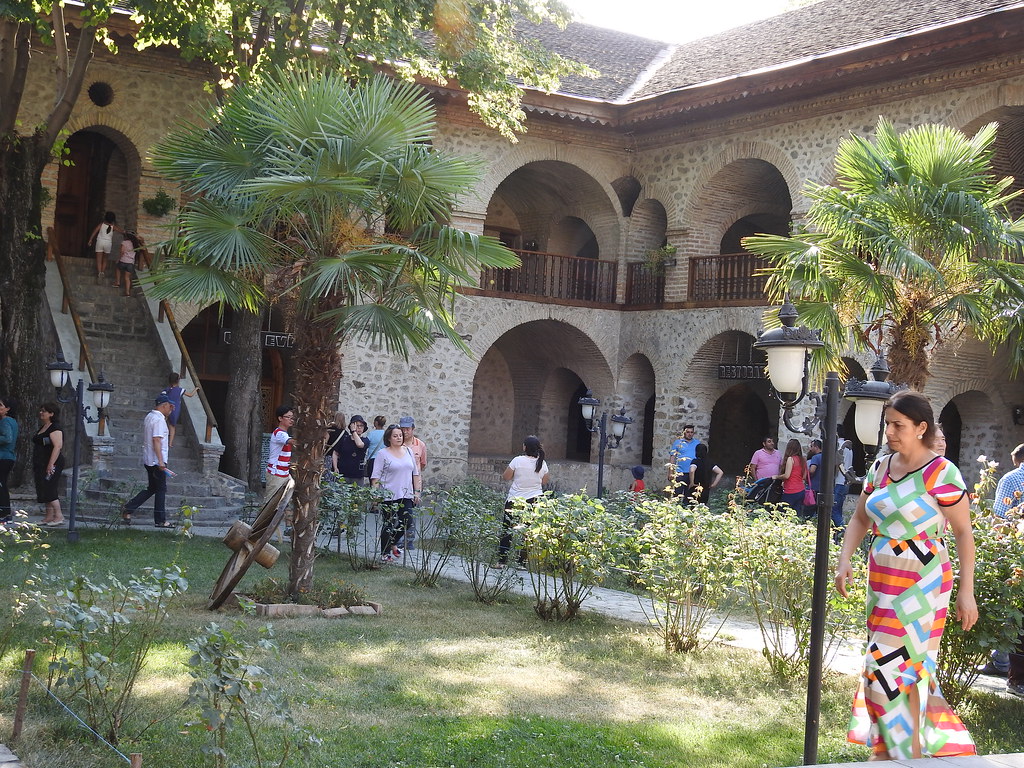
Image source: https://search.creativecommons.org/photos/c3c57e4e-4f6b-47f3-b007-5aa7a1d207ea by shankar s.
Which precious goods were transported?
Goods transported on the Silk Road moved from East to West. According to the street name, silk was the main commodity. Thanks to its lightweight, compactness, huge demand the high price it was ideal for trade and long-distance transport.
The Chinese, in the initial phase of the development of the Silk Road, received expensive horses and the seeds of lucerne and grapes, which was new to them being separated from other civilizations. The ancient world cultivated vines and produced wines from immemorial. The Chinese envoys were surprised when they discovered that it was possible to make wine not only from rice but also from berries unknown to them. Subsequently, the Chinese discovered other crops for themselves – string beans, onions, cucumbers, carrots, pomegranates, figs, etc.

Image source: https://search.creativecommons.org/photos/c805676e-bf20-43c6-b3b1-e3b3935ca2af by exfordy
From Central Asia and the Eastern Mediterranean, various wool production, carpets, curtains, blankets, and rugs, arrived in China. These products made a great impression on the Chinese who were unfamiliar with the methods of wool and linen processing, carpet making, and weaving. Parthian tapestries and carpets were highly valued in ancient China.
Central Asia exported camels, military equipment, gold and silver, semi-precious stones, and glass from Samarkand, valued for its high quality and considered a luxury item. Other goods were skins, cotton fabrics, wool, gold embroidery, exotic fruits – watermelons, peaches, and melons; fat-tailed sheep and hunting dogs, lions, and leopards.
From China, caravans brought Chinese porcelain: snow-white vases, glasses, bowls, and plates with graceful patterns. The Chinese held the secret to making the thinnest and most resonant porcelain, so it was very expensive in European markets. Bronze ornaments, decorated bronze mirrors, umbrellas, products of the famous Chinese paint, medicines, and perfumery were also popular. One of the most notable inventions of the Chinese technical genius was the Chinese paper. Gold, skins, and many other things were exported including tea and rice, wool and linen fabrics, corals, amber, and asbestos. The merchants’ sacks were filled with ivory, rhino horns, turtle shells, spices, enamel, cinnamon, and ginger.
India was famous for its textiles, spices semiprecious stones, dyes, and ivory while Iran – for its silver products. Rome sent European paintings and luxury goods and received spices, perfumes, jewels, ivory, and sugar.

Image source: https://search.creativecommons.org/photos/1c067931-8aa9-4245-bf59-d2897ca75e6f by Adam Jones, Ph.D. – Global Photo Archive
Eastern Europe imported rice, cotton, wool, and silk fabrics from Central Asia and exported hides, furs, fur animals, bark for leather processing, cattle, and slaves to Khoresm. Northern Europe was the source of skins, furs, slaves, and honey.
Effects on western civilization
The exchange of culture was the greatest value of the Silk Road. Every element of civilization was traded through the Silk Road along with the commercial goods carried by the merchants. The disease also traveled along with the network of routes, testified by the spread of the bubonic plague of 542 CE which probably arrived in Constantinople through the Silk Road, decimating the Byzantine Empire. The closure of the Silk Road forced merchants to go to sea, thus starting the Age of Discovery (1453-1660 CE) which led to the beginnings of a global community.
Info sources:
https://www.britannica.com/technology/road#ref592024
http://www.advantour.com/silkroad/goods.htm
http://en.unesco.org/silkroad/about-silk-road
http://www.ancient.eu/Silk_Road/
